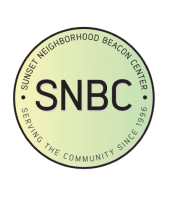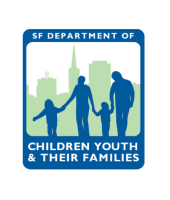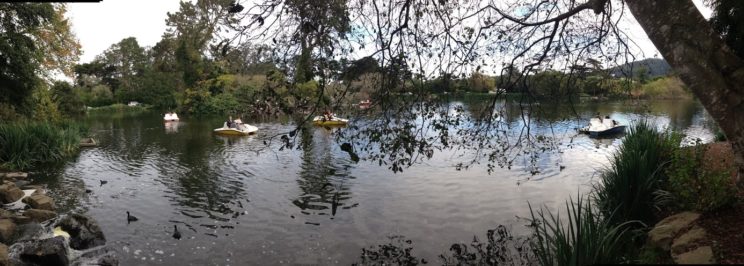
Botanical gardens, art and science museums, serene ponds, playgrounds, and a small herd of bison– welcome to San Francisco’s Golden Gate Park. The dozens of seemingly random and unusual attractions that coexist on the park’s 1,000 acres have become a hub of activity for San Franciscans of all ages. Whether you’re looking to let loose on Hippie Hill, expand your mind at the California Academy of Sciences, or stare in awe at the enormous Great Plain Bison; Golden Gate Park has the fix for even the strangest of your personal fascinations.
Construction of Golden Gate Park began in 1870, in hopes of creating San Francisco’s own Central Park. The park spans a little over 1,000 acres, ¾ of which used to be covered with sand dunes before construction began and thousands of trees were planted over the once-sandy area. Golden Gate Park stretches from the Pacific Ocean all the way into San Francisco’s Haight Street, and is the third most visited park in the US, boasting 13 million tourists every year.

One of the most beautiful parts of Golden Gate Park is the Japanese Tea Garden, a public attraction which offers a calm view of the Japanese culture. The garden, an extremely beautiful and surprisingly quiet place, is comprised of several traditional Japanese buildings, a plethora of stone statues, and beautiful waterways trickling throughout the small area. It has a breathtakingly ethereal atmosphere, and exquisite core elements of Japanese culture displayed in cohesive relation to the nature that surrounds it.
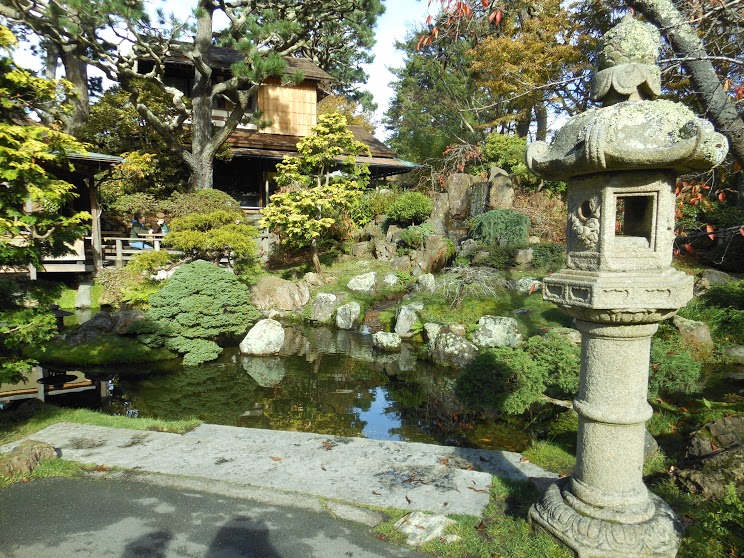
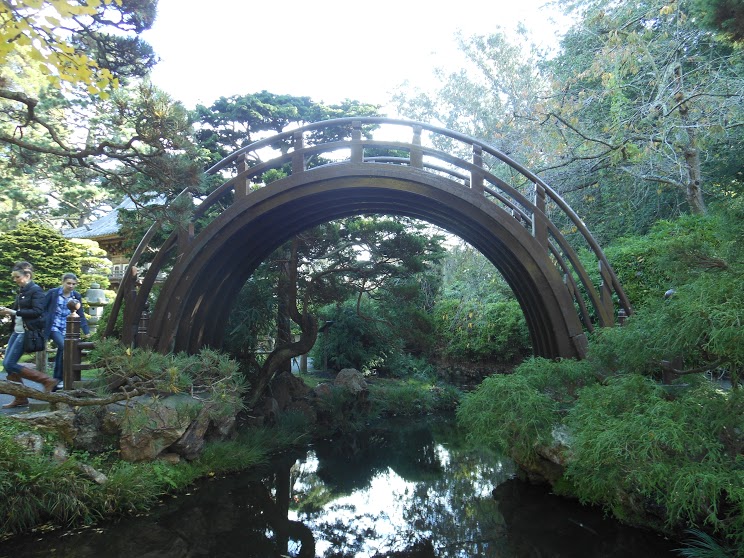
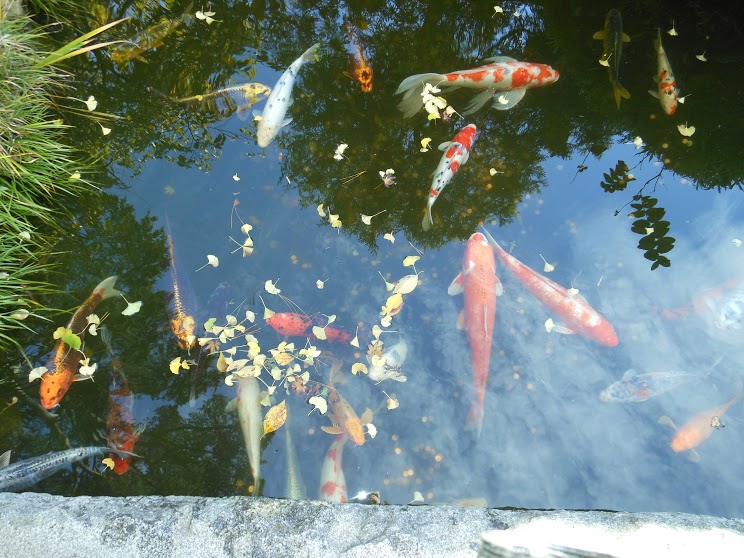
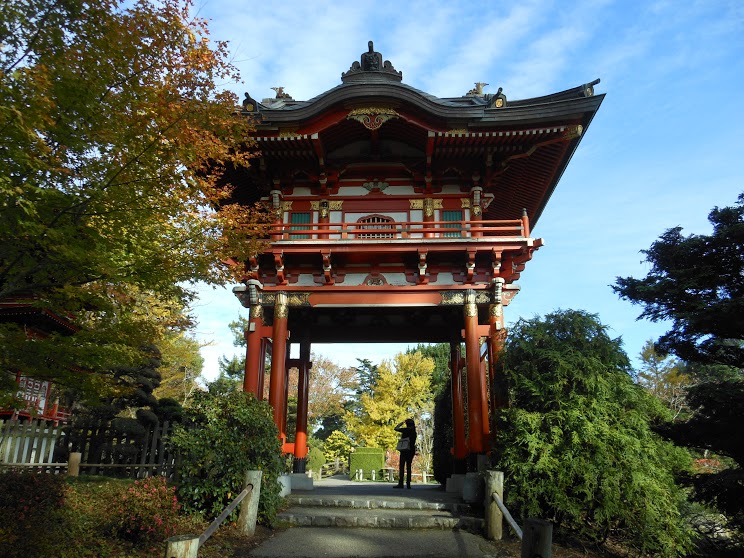
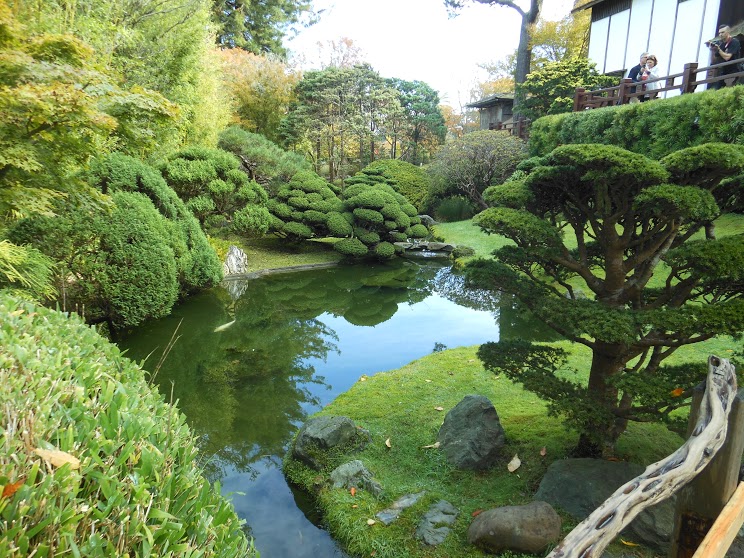
Some of my favorite aspects of the garden include the Peace Lantern, Buddha statue, and the Zen Garden. The Peace Lantern, gifted by the Japanese government in 1953, commemorates the US-Japanese peace treaty which was signed in San Francisco. The 9,000 pound lantern was purchased with donations by Japanese school children and stands as a symbol of friendship and hope for the cooperation of future generations.
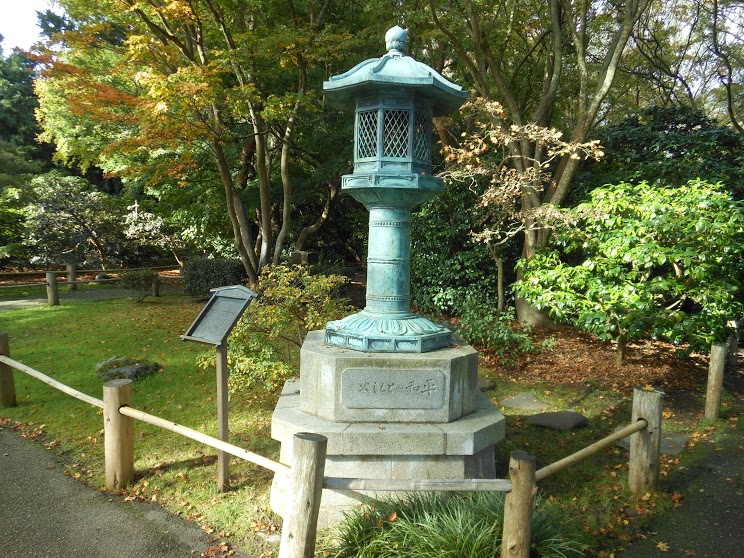
The Zen Garden is a relatively (and I use that term generously) new symbol of Japanese buddhism. Zen gardens, like the one in the Tea Garden, were originally brought to Japan as stone gardens, replicating those found in Chinese temple yards. The ideas from these gardens were translated to fit Japanese culture, and have since gained great religious meaning for monks on the path to enlightenment. The simplistic and tranquil garden consists of various plants, grass, stones, and is a calming and beautiful sight to see.
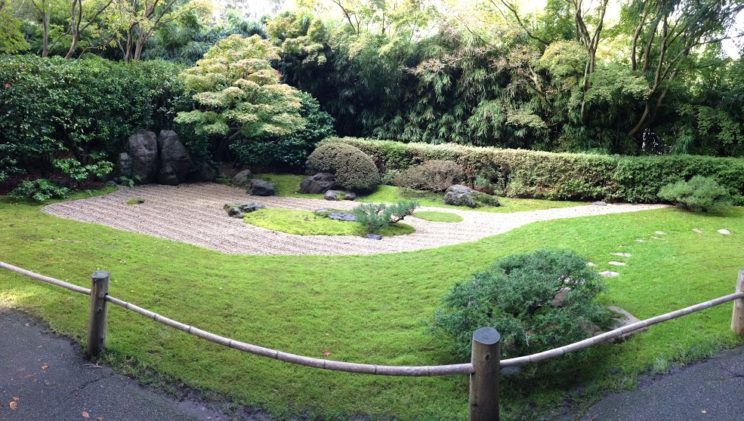
The Buddha statue, which was originally cast in Japan during the late 18th century, is a bronze replication of the founder of the Buddhist religion. For those who don’t know much about the religion, here’s your two minute history lesson; born a prince in Nepal, Buddha lived his early life in wealth as Siddhartha. At the age of 29, he renounced his royal titles and luxuries to achieve enlightenment through a simpler life of poverty and meditation. The peaceful statue captures the tranquility and humility of the religion and it’s role in Japanese culture.
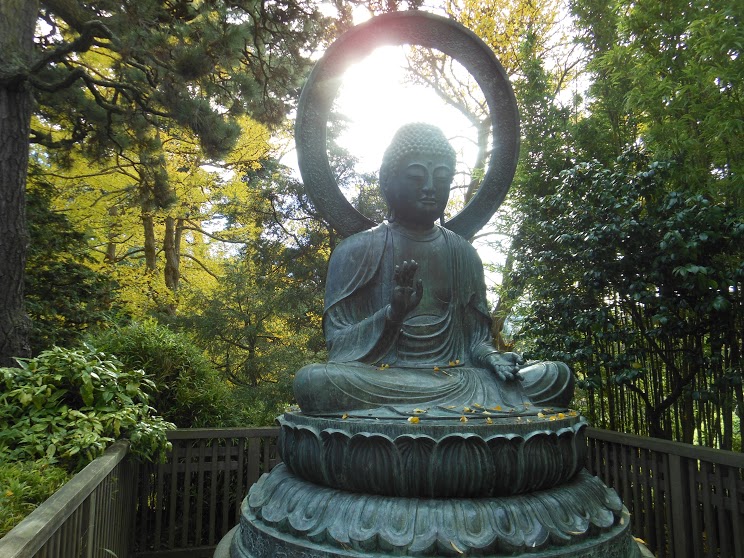
The garden is easily one of the most beautiful spots in the park, and one of the cheaper attractions as well. For all the San Franciscans planning on going, make sure you have your ID or proof of residency to get the discounted admission price!
My favorite place to go when in Golden Gate Park is the serene Stow Lake. I would go here on regular outings as a kid to feed the ducks in the lake, and I always feel instantly relaxed as I walk around this section of the park. The man-made lake, commonly dotted with a variety of paddle boats, canoes, and row boats, is frequented by many on sunny afternoons. I usually begin my trip to the lake at the Stow Lake Boathouse, and follow the trail that wraps around the lake.
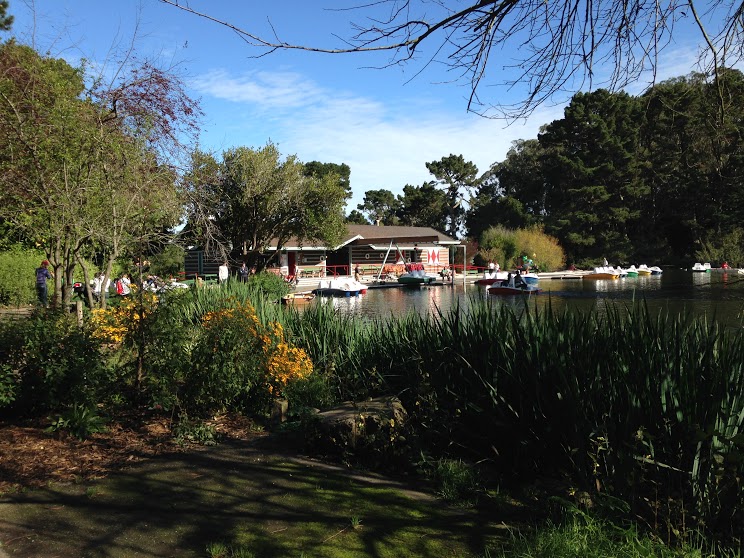
On the path is a gorgeous bridge, only about 15 yards long, that looks like something out of a fairytale. The double-arched bridge is made entirely of stone, and discovering it on your walk never fails to . After crossing the bridge, the path continues on a short ways until it meets an alluring Chinese pagoda, given to the city by Taipei.
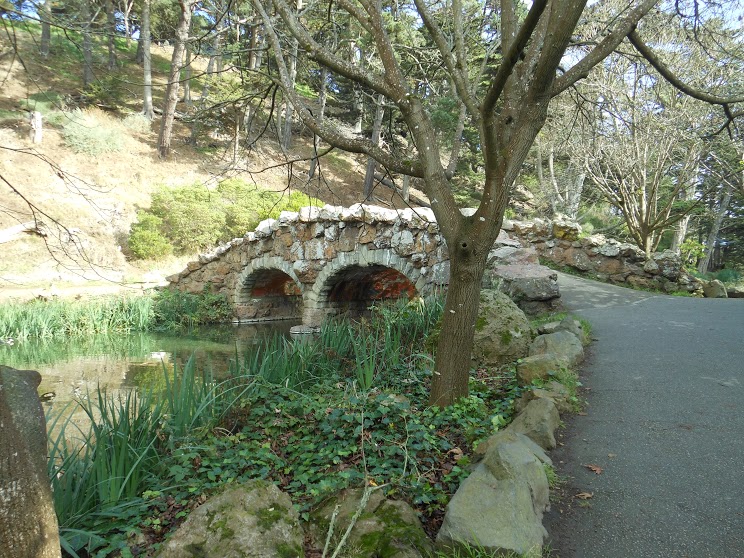
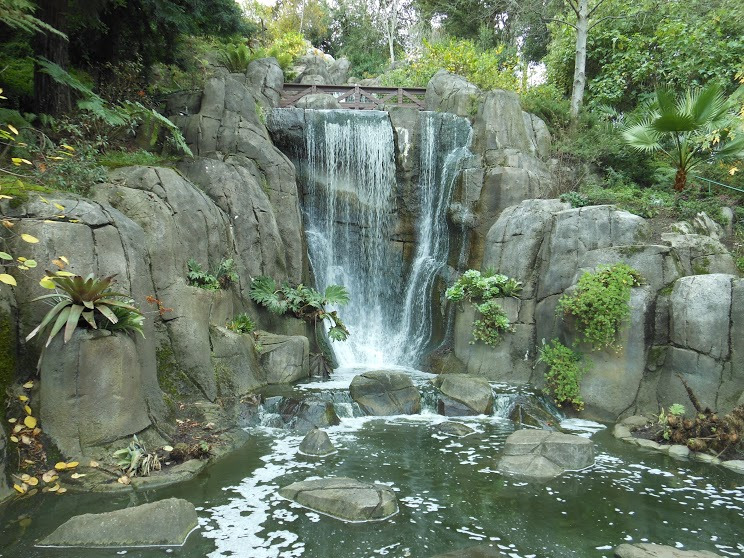
A stone’s throw from the pagoda is Strawberry Hill and the small but gorgeous waterfall that runs down it. The hill has a stepping-stone bridge crossing the stream created by the waterfall, and across it a set of stairs leads up to the top. It’s a bit of a hike back and forth, but well worth it to stand on the bridge at the top of the fall and look down at the lake. Farther from the origin of the waterfall is the top of the hill, a forested area from which you can see an aerial view of the city peeking out from between the branches.
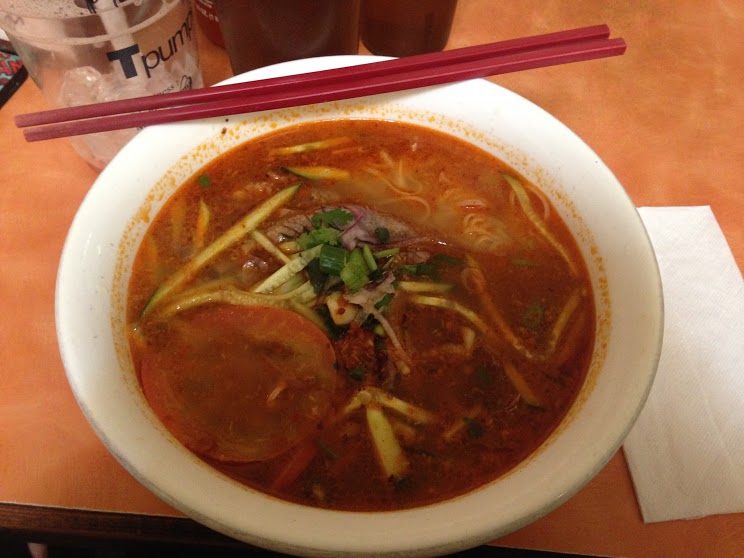
After your trek up Strawberry Hill, you’re bound to have worked up an appetite. A short 15 minute walk will find you on one of San Francisco’s hotspots, Irving Street and 19th Avenue. For the cold weather that usually plagues this area of the city, a steaming hot lunch is absolutely the way to go. A delicious fix for hunger and chills is Pho Phu Quoc, a Vietnamese noodle house on the corner of 19th and Irving.
Pho, a Vietnamese dish comprised of noodles in a savory broth, is typically served with meat and vegetables. It both warms you up instantly and satisfies your hunger. While dining at this quaint restaurant, I went for one of their spicier dishes the Beef Satay Pho. The piquant broth and salty meat, mixed with the warm noodles was to die for. I ended up almost literally licking my bowl clean. The service is fast, the food relatively inexpensive, and it is the perfect place to appease your hike-induced cravings.
Words and images by Clare Kanaley

